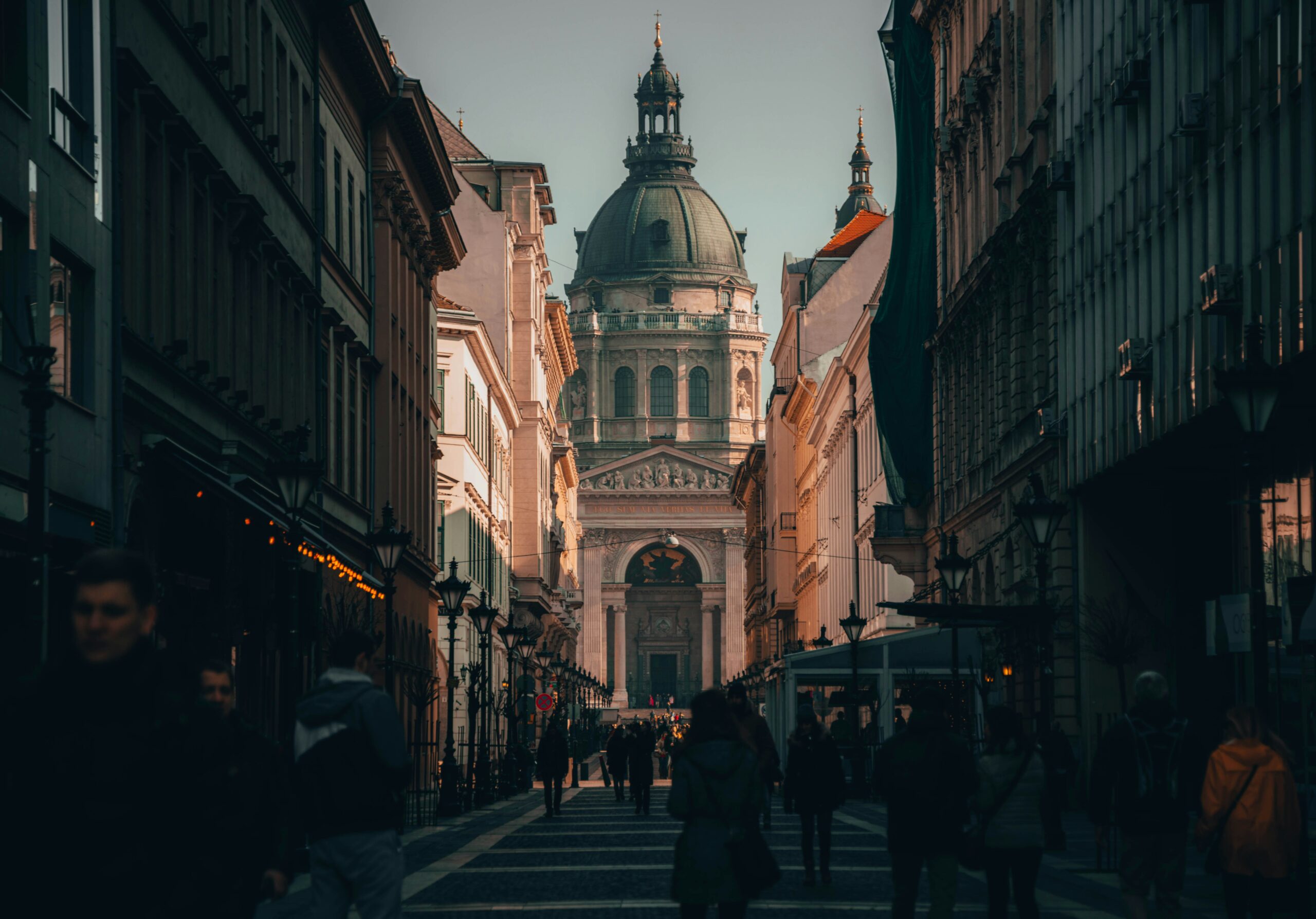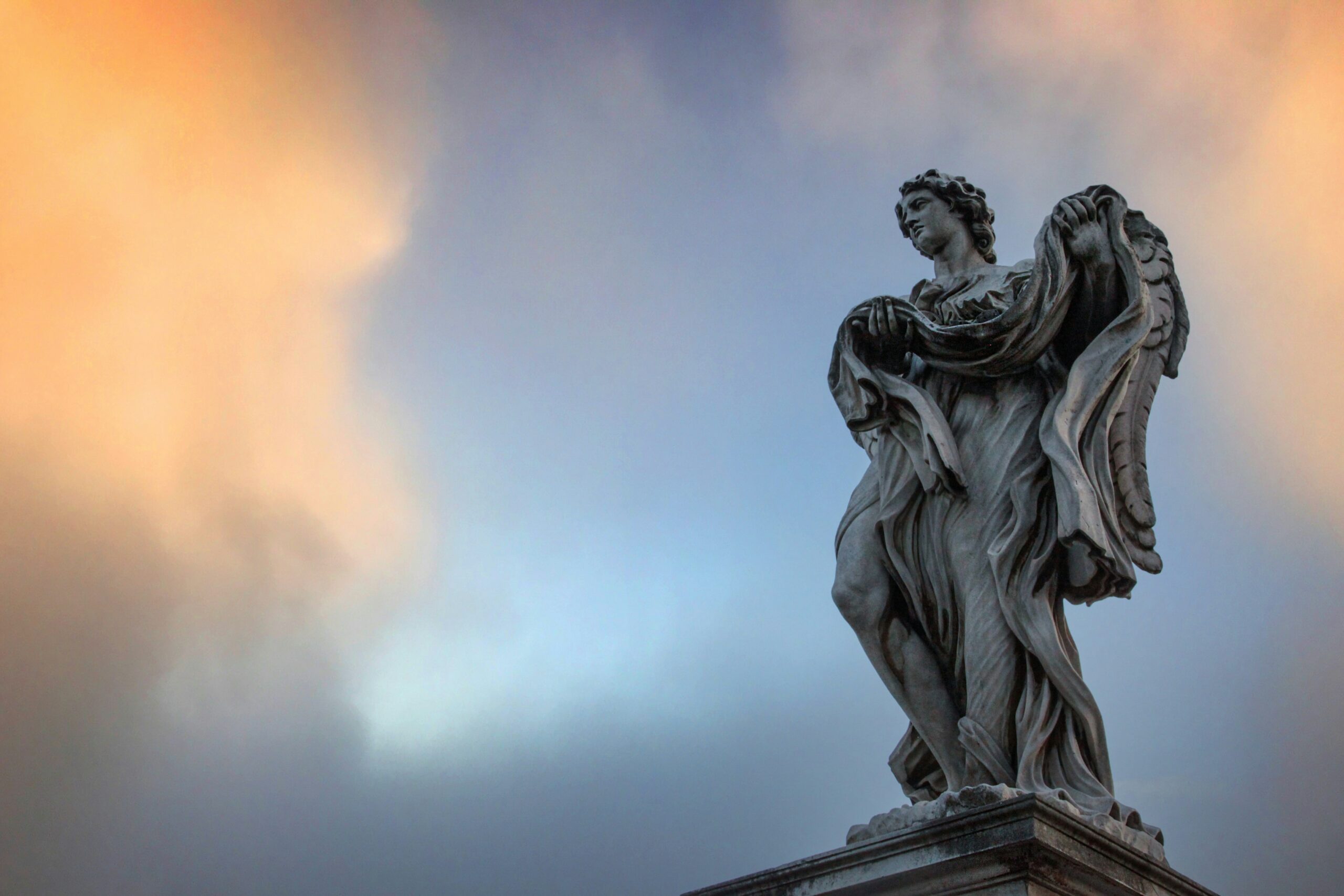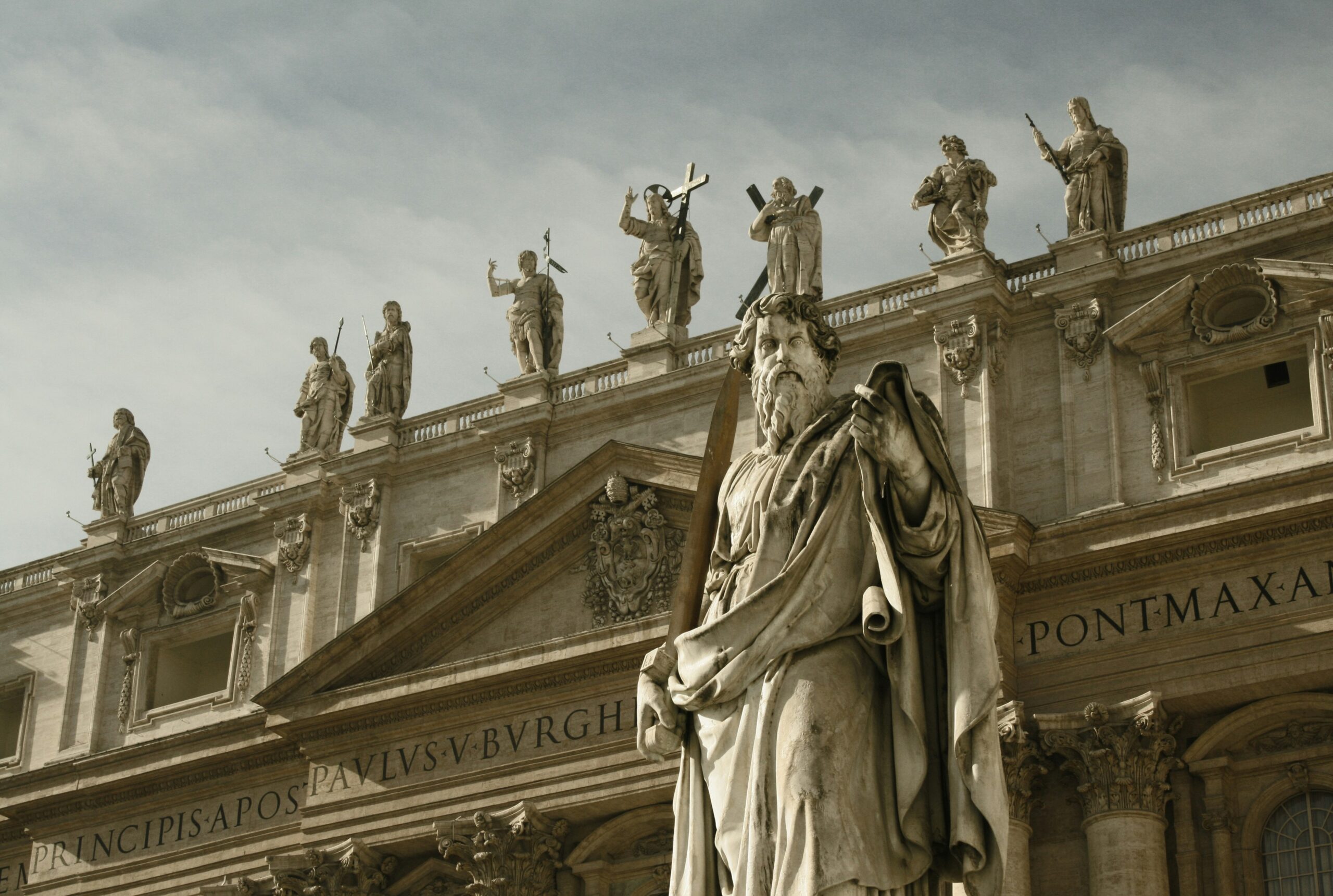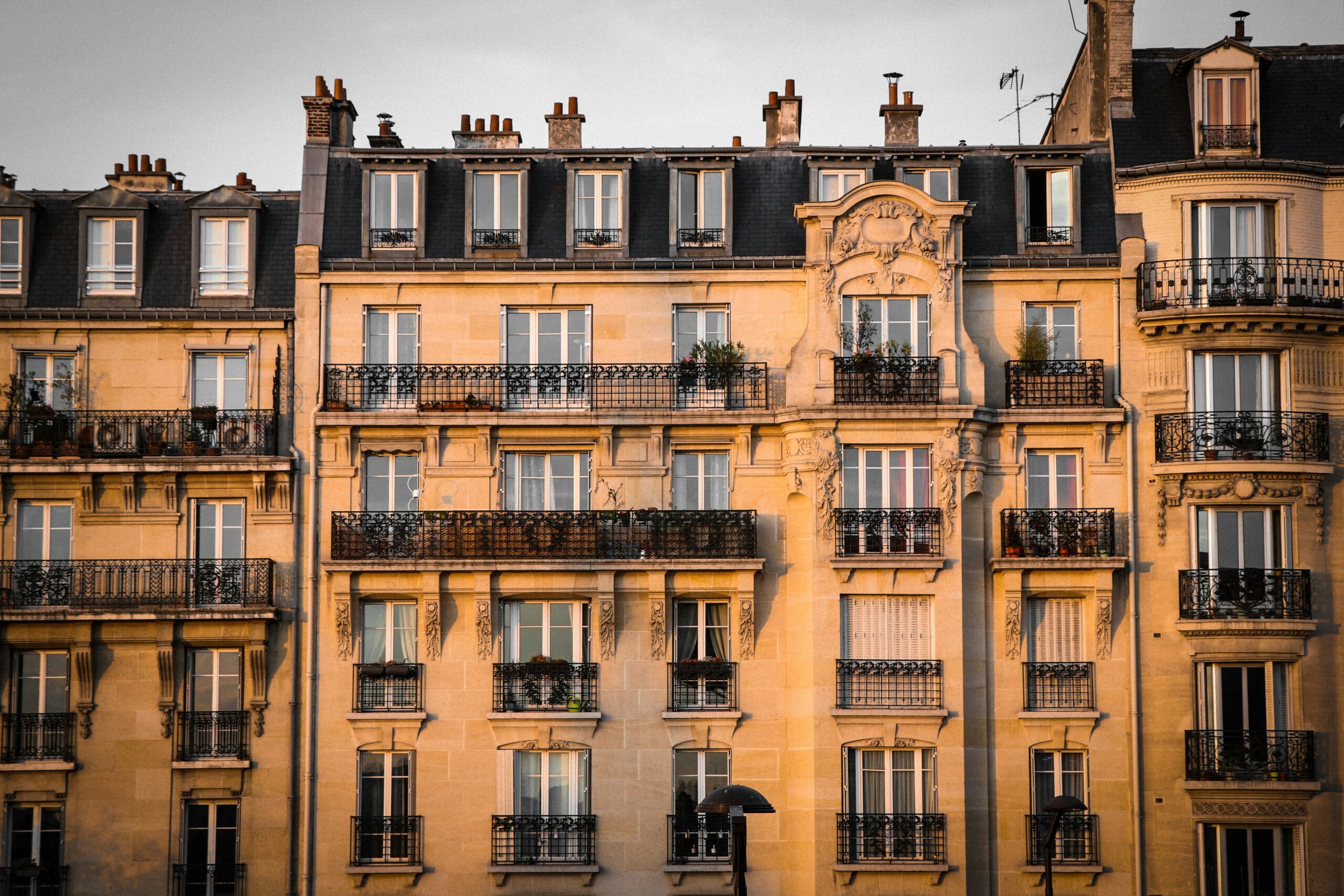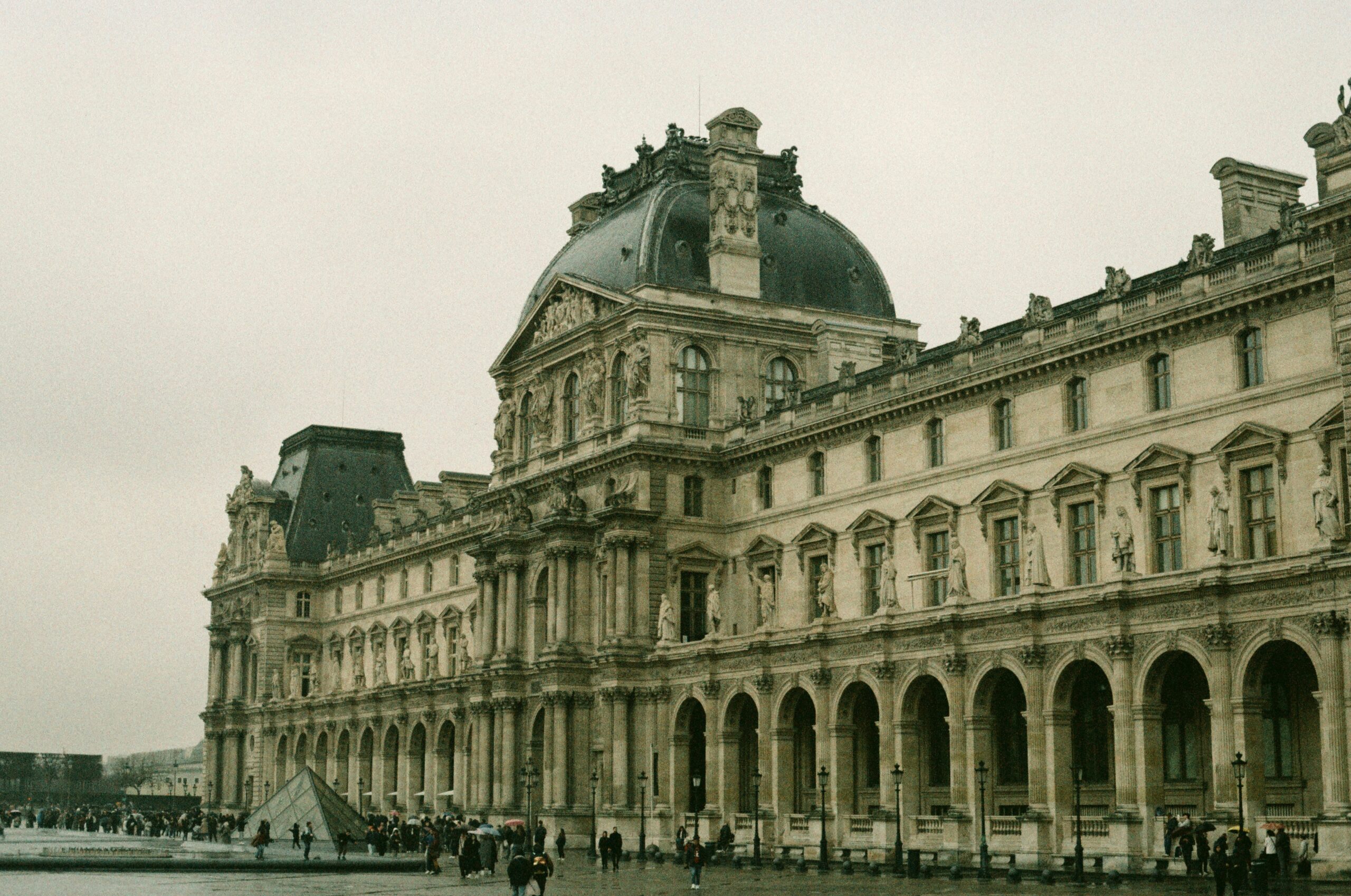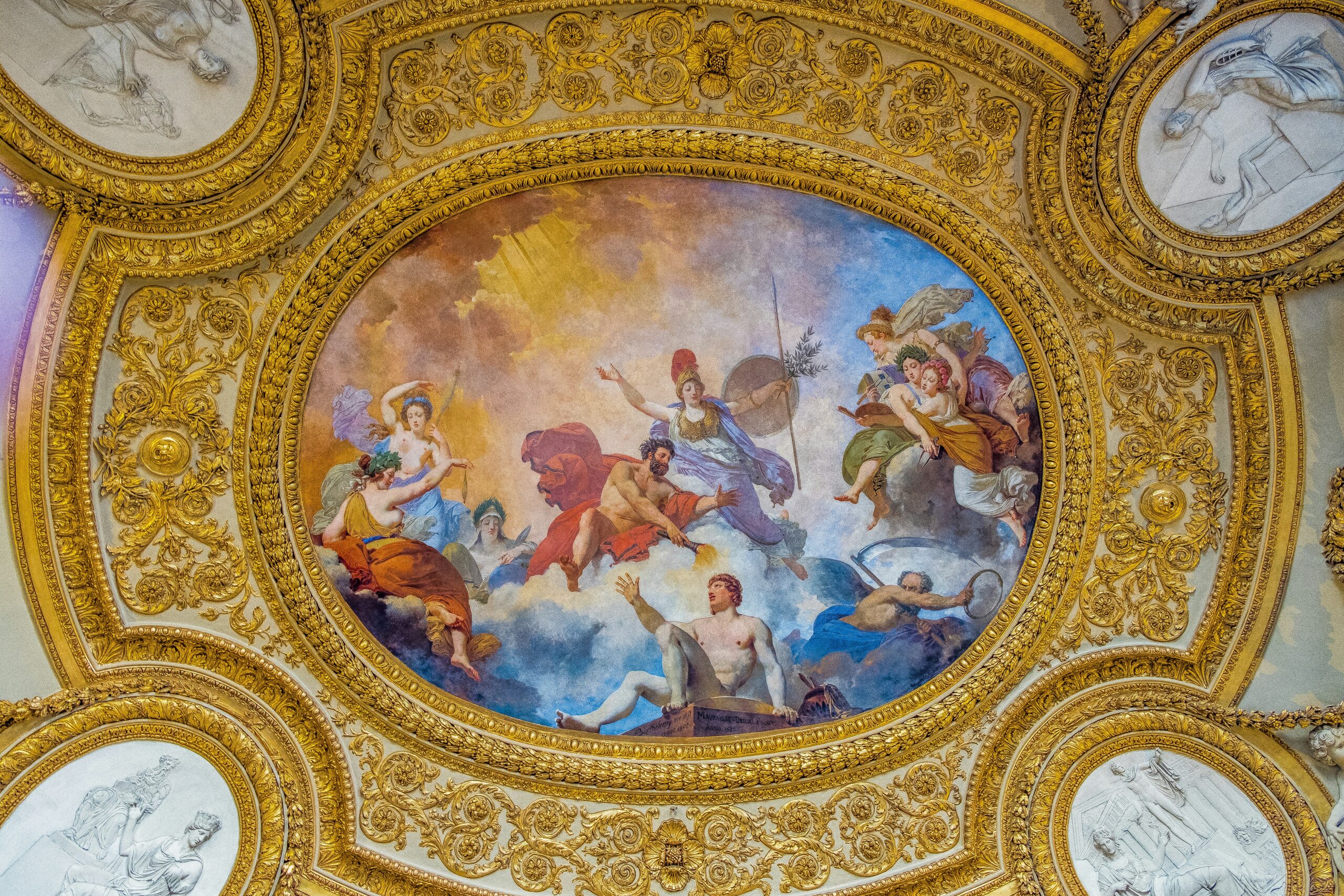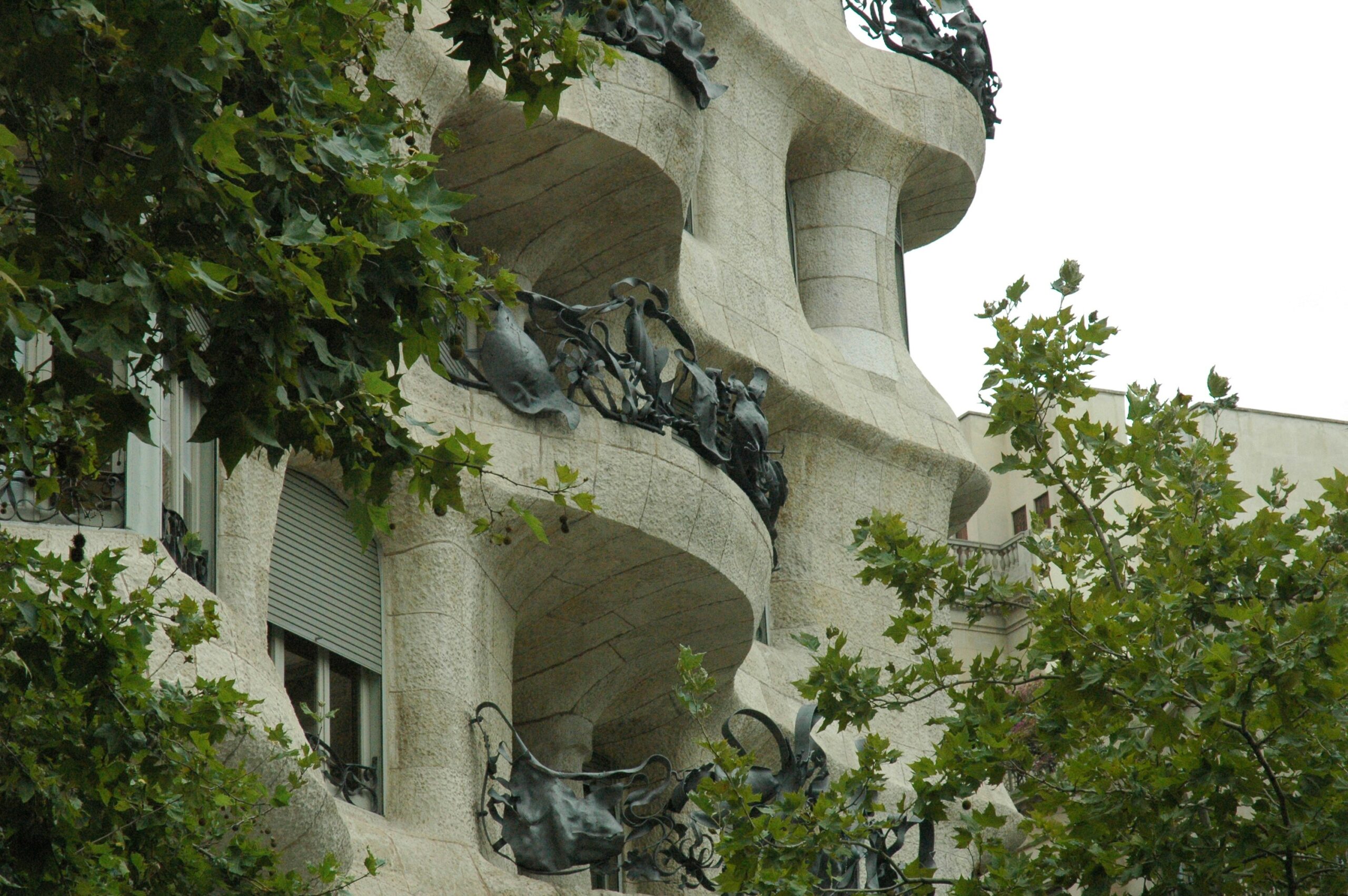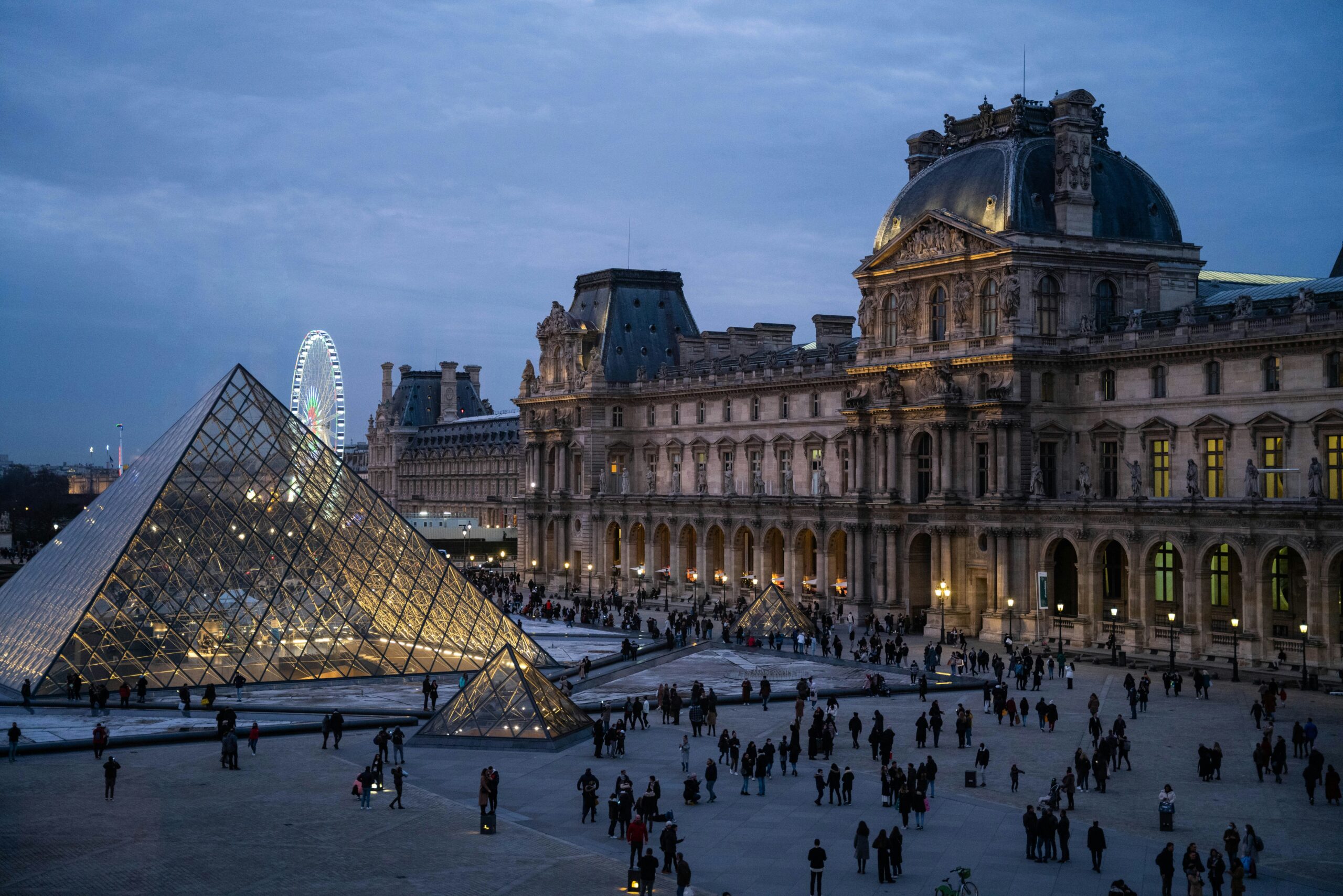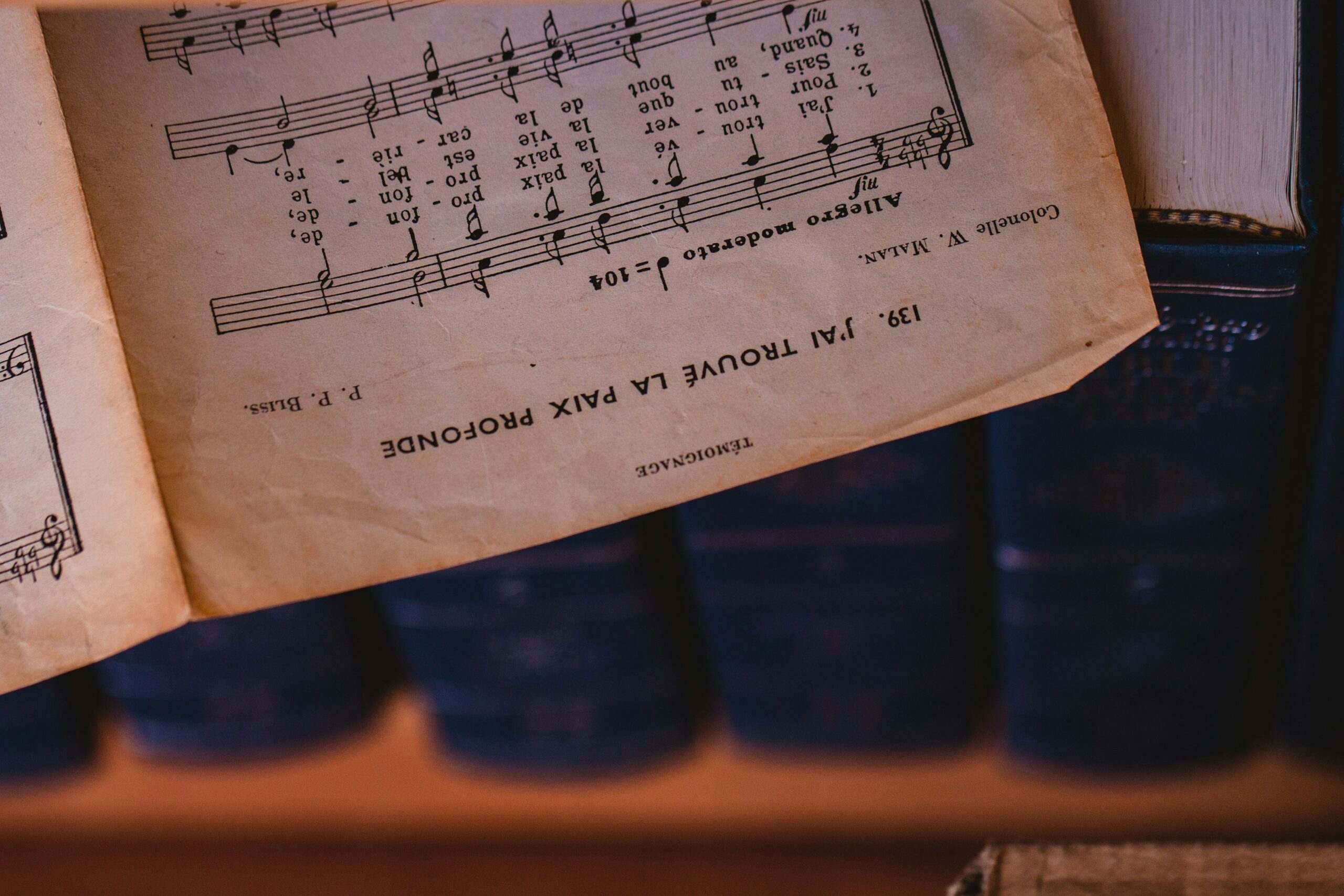Where Is French Architecture Most Commonly Used?
Where Is French Architecture Most Commonly Used?
Introduction
French architecture is one of the most influential and admired styles in the world. From medieval Gothic cathedrals to grand Renaissance châteaux and sleek modernist structures, French design has left a significant mark across the globe. But where exactly is French architecture most commonly used?
This article will explore the key regions and cities where French architectural styles dominate, why they are significant, and how they have influenced global design trends. Whether you’re a tourist, a food lover exploring French cafés, a history enthusiast, or just curious about architecture, this guide will take you through a fascinating journey of French architectural influence worldwide.
- France: The Heart of French Architecture
Paris: The Epicenter of Architectural Brilliance
It goes without saying that France itself is the ultimate hub of French architecture. From ancient Roman structures to Haussmannian city planning, Paris alone is a living museum of architectural evolution.
Iconic Examples in Paris:
- Gothic Style: Notre-Dame de Paris
- Baroque Style: Palace of Versailles
- Neoclassical: Panthéon
- Modernism: The Louvre Pyramid
- Haussmannian Architecture: The uniform apartments lining Parisian boulevards
Beyond Paris, cities like Bordeaux, Lyon, and Strasbourg showcase unique regional adaptations of French architectural styles.
The Châteaux of the Loire Valley
The Loire Valley is known for its stunning Renaissance châteaux, including:
- Château de Chambord – A mix of Gothic and Renaissance elegance.
- Château de Chenonceau – A castle built over a river, showcasing intricate French detailing.
- Château de Fontainebleau – A royal residence blending medieval, Renaissance, and Baroque styles.
The architectural grandeur of the Loire Valley makes it one of the best places to see classic French aristocratic design.
- French Influence in Europe
French architecture isn’t just limited to France; it has spread throughout Europe, influencing cities and cultures for centuries.
Belgium: The French Elegance in Brussels
Brussels, the capital of Belgium, features stunning examples of French-influenced Baroque and Art Nouveau styles:
- Grand Place – A UNESCO World Heritage site with Gothic and Baroque facades.
- Victor Horta’s Art Nouveau Houses – Inspired by the organic curves of French Art Nouveau.
Italy: A Neighboring Influence
While Italy has its own rich architectural history, French influences can be seen in:
- Turin’s Baroque Palaces – French architects played a role in shaping the city’s Piedmontese Baroque.
- The Napoleonic Influence in Milan – The Arco della Pace and Napoleonic urban planning took cues from Parisian design.
Germany: The Touch of French Baroque
Cities like Berlin and Potsdam reflect the impact of French Baroque and Neoclassical architecture, particularly in:
- Sanssouci Palace – A Baroque masterpiece resembling Versailles.
- The Brandenburg Gate – Inspired by French neoclassicism.
- French Architectural Influence in North America
French settlers and architects played a crucial role in shaping American and Canadian architecture, leaving behind distinct French-style buildings.
French Colonial Architecture in the U.S.
Cities like New Orleans and St. Louis still retain strong French architectural elements:
- French Quarter (New Orleans): Colorful buildings with wrought-iron balconies.
- Creole Cottages: Found in Louisiana, influenced by French provincial homes.
- St. Louis Cathedral (New Orleans): A classic example of French Gothic Revival.
Quebec City & Montreal: French Heritage in Canada
French influence remains deeply embedded in Canada’s architectural identity:
- Old Quebec: Cobblestone streets and 17th-century French-style buildings.
- Notre-Dame Basilica (Montreal): A stunning example of French Gothic Revival.
The French colonial legacy in North America is one of the strongest examples of how French architecture crossed the Atlantic.
- French Architectural Legacy in Africa
French colonial rule also left a lasting architectural footprint in many African cities.
Morocco: French Art Deco Meets Islamic Design
Cities like Casablanca and Rabat have a blend of traditional Islamic architecture and French Art Deco:
- Casablanca Cathedral: A neo-Gothic structure with French influences.
- Hassan II Mosque (Casablanca): Built by French architects, incorporating Moroccan design elements.
Dakar, Senegal: French Colonial Style
- The Presidential Palace of Dakar – A stunning white colonial-era structure.
- The Cathedral of Dakar – Showcases French neoclassical and Gothic elements.
French architecture continues to be preserved in many African nations, where it coexists with local architectural traditions.
- French Influence in Asia & the Middle East
Even in distant regions, French architectural principles have played a role in shaping urban landscapes.
Vietnam: French Colonial Heritage
French architecture is highly visible in Hanoi and Ho Chi Minh City, where many buildings reflect Parisian design elements:
- Hanoi Opera House: A near-replica of the Palais Garnier in Paris.
- Notre-Dame Cathedral Basilica of Saigon: A striking French Gothic church.
- The Presidential Palace in Hanoi: Inspired by French classical architecture.
Lebanon: A Blend of Middle Eastern and French Styles
Beirut, once under French mandate, has many buildings influenced by Haussmannian and Art Deco design:
- Beirut Central District: Features French Beaux-Arts and Haussmann-style buildings.
- Grand Serail: A historic building that reflects French neoclassical principles.
Conclusion: A Global Legacy of French Architecture
French architecture has transcended borders, shaping landscapes across Europe, North America, Africa, and Asia. Whether through medieval Gothic cathedrals, grand Baroque palaces, elegant Art Nouveau façades, or modern urban planning, French design remains one of the most influential architectural styles in the world.
Next time you visit a city with French colonial charm, a Gothic cathedral, or a Haussmann-style boulevard, you’ll know that you’re witnessing a legacy that spans continents and centuries.

